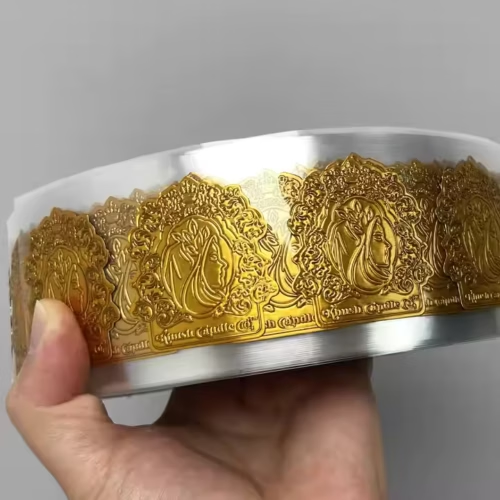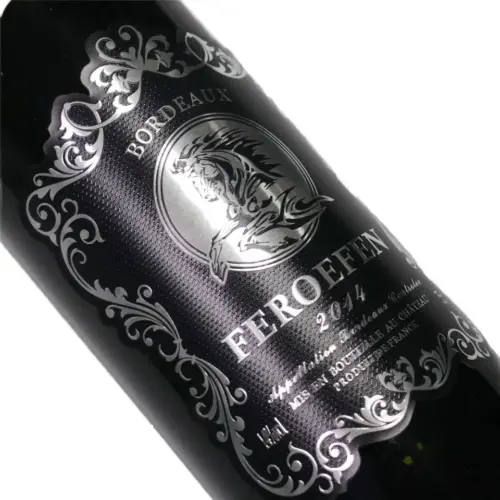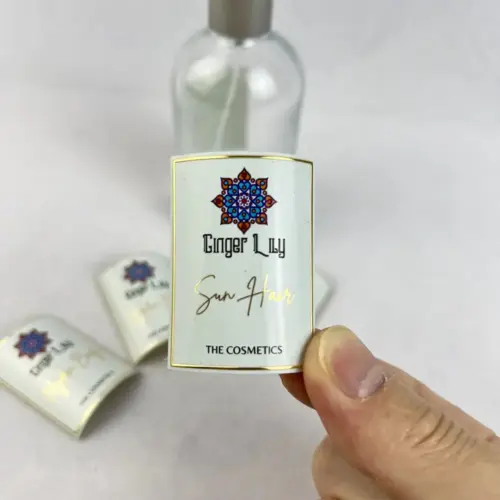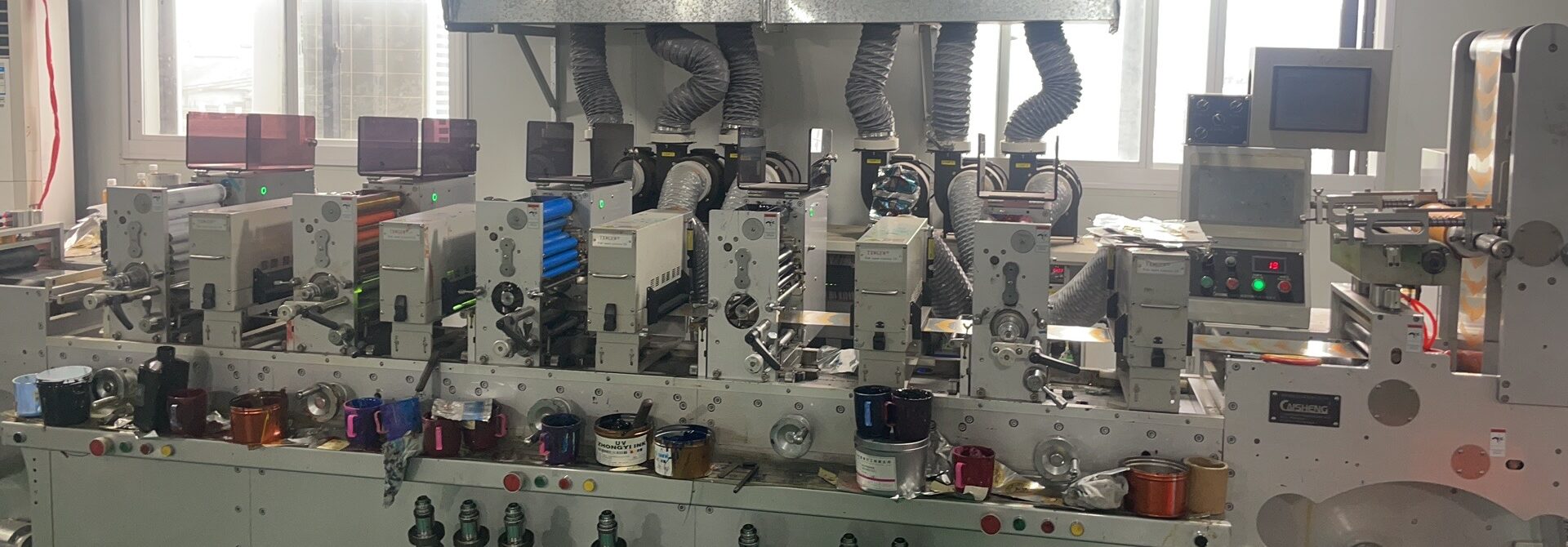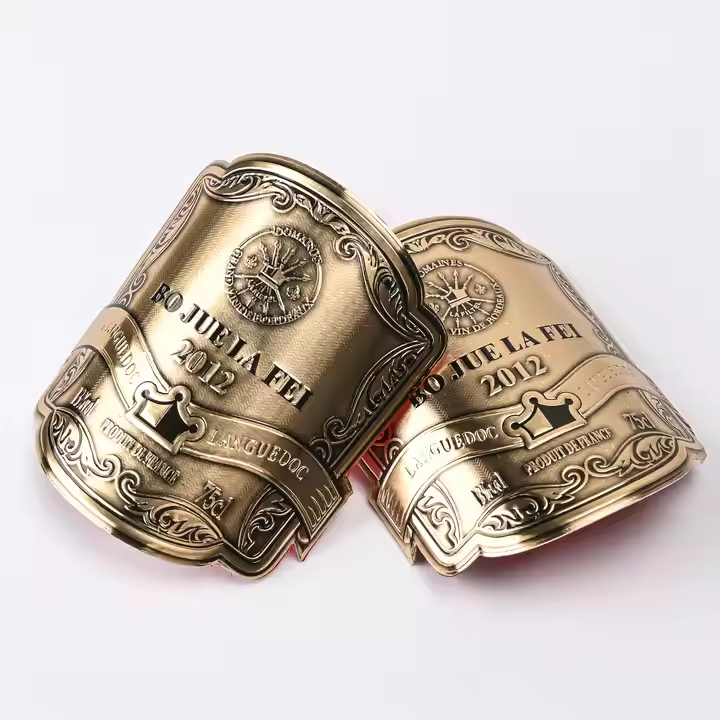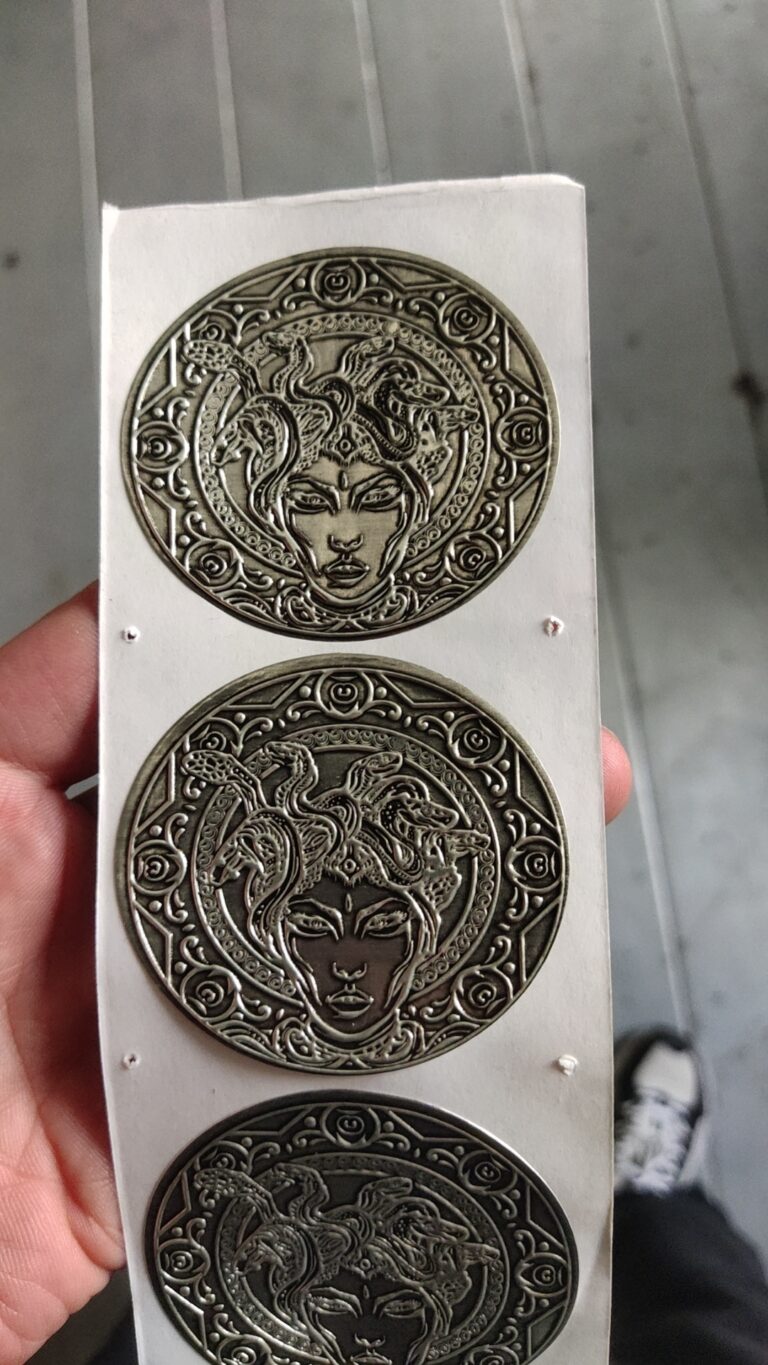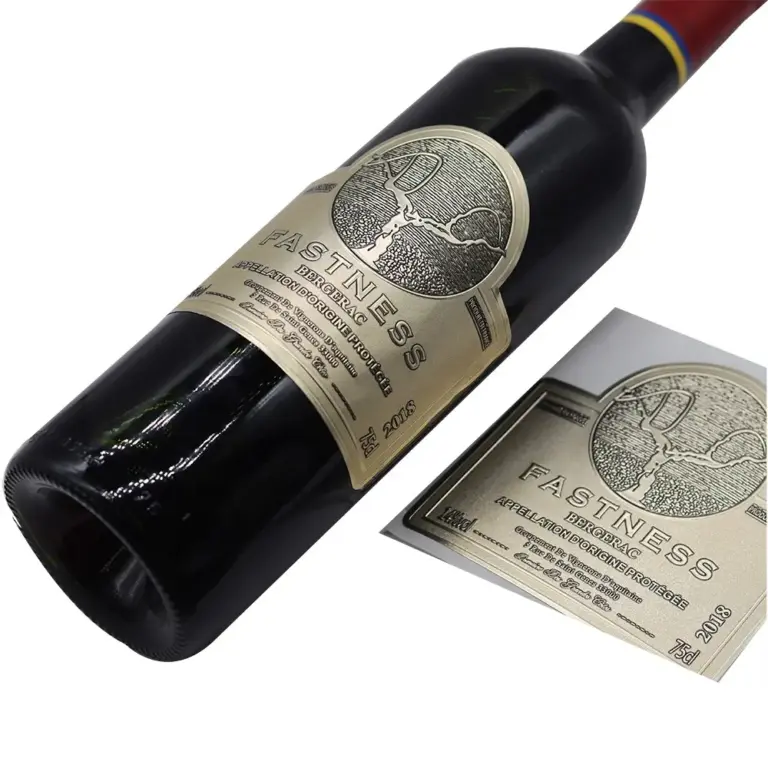Get A Quote Now!
A beautifully designed metal wine label can make your bottle stand out on crowded shelves and leave a lasting impression on consumers. But crafting a label that’s both visually striking and perfectly aligned with your brand identity takes thoughtful planning and creativity.
Here’s a step-by-step guide to designing a stunning metal wine label that reflects your winery’s story and elevates your product.
1. Understand Your Brand Identity
Before designing, get clear on your brand’s core values and personality:
-
Are you classic and traditional or modern and edgy?
-
Do you want to evoke luxury or approachable friendliness?
-
What emotions do you want your label to inspire?
Your label design should tell your brand story at a glance and connect emotionally with your target audience.
2. Choose the Right Metal Material
The material you pick sets the foundation for your label’s look and feel:
-
Aluminum for sleek, lightweight designs.
-
Zinc Alloy for bold, textured, and premium appeal.
-
Tin for vintage, rustic aesthetics.
-
Stainless Steel for modern minimalism.
The material also influences the types of finishes and customization options available.
3. Select Surface Finish & Texture
Surface finishes dramatically change the visual and tactile experience:
-
Brushed for a subtle, sophisticated texture.
-
Glossy or mirror-polished for eye-catching shine.
-
Matte for understated elegance.
-
Antique plating for vintage authenticity.
-
Dual finishes to highlight logos or text with contrast.
Experimenting with textures can add depth and richness to your label.
4. Design with Clear Typography & Logo Placement
-
Use clean, legible fonts that match your brand tone.
-
Make your logo the centerpiece — it should be instantly recognizable.
-
Avoid clutter; keep the design balanced with enough white space.
-
Consider how embossing or engraving will affect readability.
5. Incorporate Unique Design Elements
Metal labels allow for special techniques that paper can’t match:
-
Embossing/Debossing for 3D logos and patterns.
-
Laser engraving for fine, permanent details.
-
Cut-outs or perforations to create standout shapes.
-
Color fills or plating accents to add vibrancy.
These elements add sophistication and tactile appeal that consumers notice.
6. Optimize Size & Shape for Your Bottle
-
Measure your bottle’s neck or body carefully.
-
Choose label shapes (rectangular, oval, custom die-cut) that complement the bottle style.
-
Ensure your label size doesn’t overpower or get lost on the bottle.
7. Plan for Practical Application
-
Decide if the label will be self-adhesive or attached by rivets or string.
-
Choose adhesives suitable for your storage and distribution conditions.
-
Consider label thickness for ease of handling and packaging.
8. Test & Request Samples
Before full production:
-
Request sample labels to evaluate material, finish, and adhesion.
-
Test labels on actual bottles to check fit and appearance.
-
Review under different lighting to see how finishes react.
Final Thoughts
Your metal wine label is more than just packaging — it’s a reflection of your brand’s soul. With the right design choices, you can captivate customers, tell your story, and command attention in a competitive market.
Need Help Bringing Your Vision to Life?
At MetalWineLabels.com, we combine craftsmanship with advanced technology to create custom metal labels tailored to your brand’s unique style.
📩 Contact us for a design consultation
📦 Order a free sample kit and see the difference quality makes
Make your bottles unforgettable — start designing your stunning metal label today!
